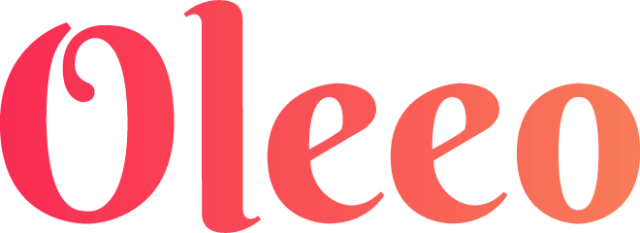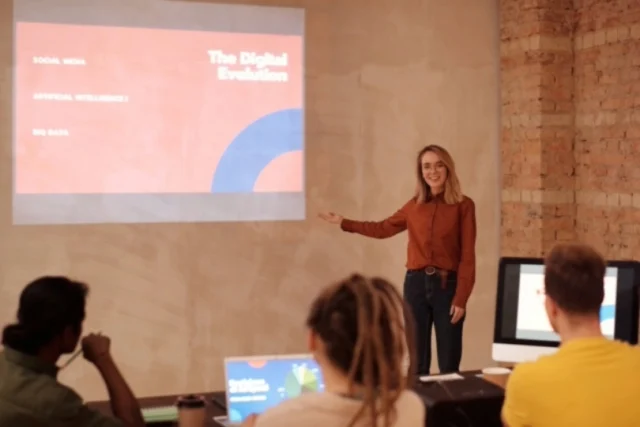What is Internal Diversity?

Diversity in the workplace. It’s one of the latest trends in the business world. Yet if you view it as a buzzword, as a movement that will disappear before it’s worth implementing, your company will miss out on a wealth of long-term benefits.
A diverse and inclusive workforce delivers ample depth and value. Organizations that place an emphasis on diversity not only become increasingly productive and competitive within their respective industries but also nurture a happier and more positive working environment.
There’s just one question: What is internal diversity, exactly?
Diversity can be interpreted in many different ways by many different people. As a result, some will struggle to understand precisely what diversity is – particularly in the context of how it applies to the workplace. That’s where we can help. Below we explain the different types of diversity, their importance, and how your business can cultivate an inclusive and diverse workplace.
What are diversity and inclusion?
In general, diversity refers to a team representing an assortment of different perspectives. It represents a wide variety of experiences and aspects. This includes gender identity, sexual orientation, socioeconomic background, education, political beliefs, religious beliefs, ethnicity, upbringing, life experience, and neurodiversity.
As for inclusion, this means there should be no unwarranted bias against individuals and their unique qualities. Regardless of where a person is born or if they have come from a less privileged background, they shouldn’t be denied opportunities, education, and access to resources that others receive without prejudice.
When both diversity and inclusion are combined, it helps to rewrite implicit or even unconscious bias. It challenges the perception that different equals inferior, creating a more diverse – and superior – work environment as a result.
The Four Types of Diversity
Many characteristics are attributed to diversity. Some of these are visible, and others exist out of view. Some are immutable and remain permanent attributes, and others can change drastically over time. With that said, there are four broad types of diversity: organizational, worldview, external, and, most importantly for this article, internal.
Here’s a quick summary of each one:
Organizational diversity: This refers to differences within the organizational structure of a company. These differences can include management level, department, seniority, work experience, and job function. It’s not uncommon for a business to feature levels or departments that are homogeneous with the same type of individuals present.
Worldview diversity: As the name suggests, this accounts for a person’s worldview perspective. This includes aspects such as travel experience, political affiliation, beliefs, and culture. If there’s something that influences and impacts the way someone interprets their viewpoint of the world, it ultimately plays a role in their worldview diversity.
External diversity: This incorporates elements – including experiences, circumstances, and attributes – that further assist with shaping the identity of a person. However, they are defined as external because they’re diversity-related elements they were not born with. These include marital status, educational background, appearance, religion, and socioeconomic status. As these aspects can be changed on a conscious level and frequently influenced by others, they are defined as external.
Internal diversity: Unlike the aforementioned external type, internal diversity is all about any characteristics and traits an individual is born with. These include assigned sex, ethnicity, gender, race, nationality, sexual orientation, and physical ability. In the workplace, it’s not uncommon for hires to be judged based on the likes of their skin color, gender, and the geographic location they come from.
Why does a workplace require diversity?
Whether it’s a new startup or a global organization, diversity can supply a wealth of advantages for businesses at all levels. It’s just about either supplying a sense of fairness or following current social justice trends. There is plenty of evidence of how diverse workforces, those with a mix of ages, races, and gender, perform better than those without any diverse groups.
According to studies conducted by the Global Diversity Practice, workforces that are age, gender, and ethnically diverse are likely to make better decision-making choices in almost 90% of cases. It’s also said that 33% of companies with a healthy combination of ethnic diversity are positioned to surpass their competitors.
According to data, diversity is great for business. However, it’s not quite as clear-cut as the statistics suggest. A company needs to be able to truly embrace and respect diversity for its initiatives to be of value.
How to effectively promote diversity, equity, and inclusion
It is important for leaders and those with management status to understand their role in workplace diversity and inclusion. It is their responsibility to encourage diverse perspectives and be inclusive of these on their respective teams. They also need to know how to utilize and build on these perspectives to reap the benefits of Diversity Recruiting. By doing so, it opens the door to identifying blind spots, developing better ideas, and ultimately creating better solutions.
A business that is inclusive also assists with developing better leaders. As part of the job function, a leader has to communicate and motivate the team they’re overseeing. When they’re dealing with a diverse workforce, they need to incorporate an assortment of motivational and communication methods that work for each individual to boost employee engagement.
When a company’s approach to diversity functions correctly and aids its efforts, it will experience significant progress in performance, growth, and innovation.
Adding diversity to the workplace
If your workplace is currently lacking in diversity, it’s difficult trying to alter the culture – particularly if your business has effectively functioned the same way for a number of years. Trying to figure out where to start can be overwhelming, as can not knowing if you’re going in the right direction when adding diversity.
However, the effort of creating an inclusive and diverse work environment can bring abundant rewards.
To add diversity to your workplace, there are numerous steps that can be taken to make it a reality.
One of the biggest steps you can make begins right from the start with your Diversity Sourcing practices. You have to ensure you’re targeting talent that comes from all types of backgrounds. To do this, you have to avoid putting up barriers that prevent potential candidates from sending in applications. These barriers can be requesting specific experience, costly certifications, and advanced degrees.
In the job description, it’s also wise to highlight to job seekers that your company is committed to inclusive hires where background, disability, national origin, family status and other points don’t come into the equation.
Another smart tactic is to utilize our Talent Acquisition Recruitment Platform. With this specialist software, we have accounted for diversity and inclusion throughout the recruiting process. What does this mean? Well, Diversity Recruiting Software helps recruiters to avoid unconscious bias creeping into their efforts, where inclusive experiences are created instead, and diversity is pushed to the forefront.
Having a diverse team is only the beginning. Your leadership needs to be inclusive. Transparency is required where others within your organization are aware of your diversity efforts. Provide a platform for employees to supply regular feedback about what they’re experiencing and how diversity can be further improved in the workplace.
By putting in the necessary effort from the hiring process to how your business functions on a day-to-day basis, it’s possible to successfully add diversity to your workplace.



